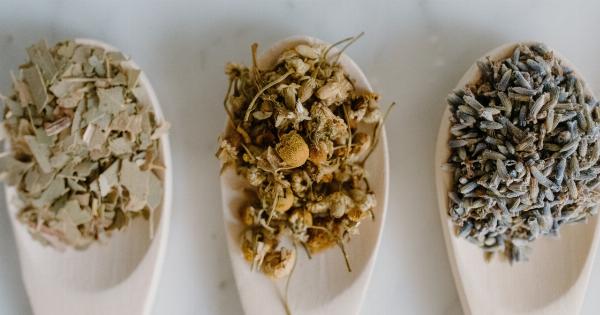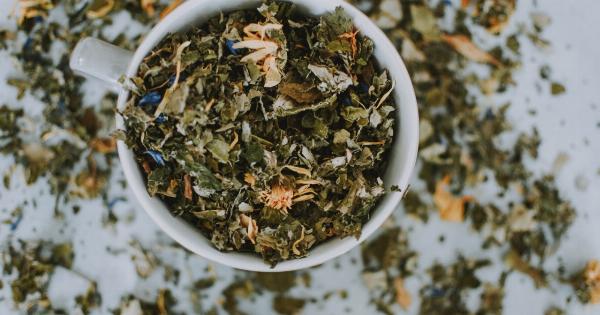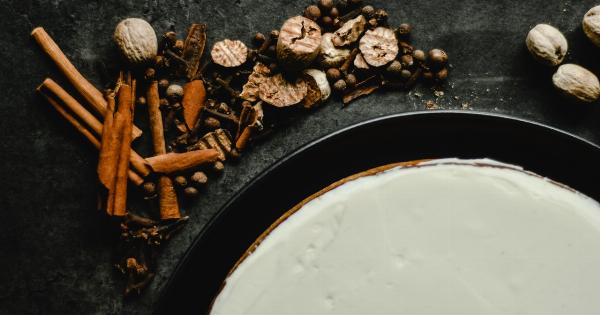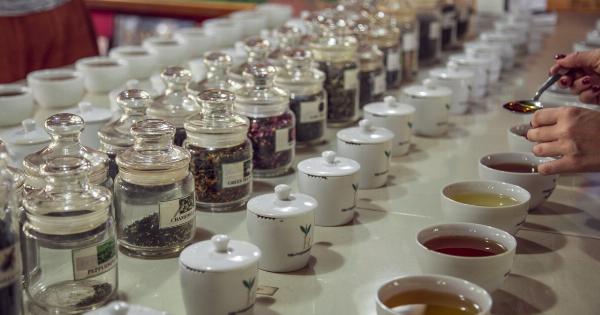Plants have been an integral part of human existence for centuries. Not only do they provide us with food, oxygen, and shelter, but many plants also possess extraordinary properties.
While some plants are well-known for their beneficial attributes, others remain underrated and underappreciated. In this article, we will explore some of these underrated plants that possess extraordinary properties.
1. Moringa Oleifera
Moringa Oleifera, also known as the “miracle tree” or “tree of life,” is a highly underrated plant with extraordinary properties.
Native to parts of Asia and Africa, this tree has been used for centuries due to its incredible nutritional and medicinal value. The leaves of the Moringa tree are packed with essential nutrients, including vitamins, minerals, and antioxidants. It is considered one of the most nutrient-dense plants on the planet.
2. Stinging Nettle
Stinging nettle, despite its stinging reputation, is a versatile plant with numerous health benefits. Found in temperate regions around the world, this herbaceous perennial has been used for centuries in traditional medicine.
Stinging nettle leaves and roots are rich in vitamins, minerals, and bioactive compounds that have anti-inflammatory, antioxidant, and diuretic properties. It is often used to treat various ailments, including joint pain, allergies, and urinary issues.
3. Gotu Kola
Gotu Kola, a small herbaceous plant native to Asia, is often overshadowed by other herbal remedies. However, this underrated plant possesses remarkable properties, particularly when it comes to promoting brain health and enhancing cognitive function.
It is believed to improve memory, reduce anxiety, and boost overall mental clarity. Gotu Kola also has anti-inflammatory and antioxidant properties, making it beneficial for skin health as well.
4. Ashwagandha
Ashwagandha, an adaptogenic herb native to India, is considered an underrated plant despite its incredible medicinal properties. It is widely used in Ayurvedic medicine for its ability to help the body adapt to stress and promote overall well-being.
Ashwagandha has been shown to reduce stress and anxiety, improve sleep quality, and enhance immune function. It also possesses anti-inflammatory and antioxidant properties, making it a valuable plant for overall health and longevity.
5. Chaga Mushroom
Chaga mushroom, commonly found in colder regions such as Siberia and Canada, is often overlooked in favor of other medicinal mushrooms like Reishi or Cordyceps.
However, Chaga mushroom possesses extraordinary properties that make it worthy of recognition. It is loaded with antioxidants, vitamins, and minerals, and has been used for centuries to boost immunity, fight inflammation, and promote overall well-being. Chaga mushroom is also believed to have anti-aging and anti-cancer properties.
6. Turmeric
Turmeric, a vibrant yellow spice, is commonly used in cooking but is often underestimated for its medicinal properties. The active compound in turmeric, called curcumin, has powerful anti-inflammatory and antioxidant effects.
It has been extensively studied for its potential to treat various chronic diseases, including arthritis, heart disease, and cancer. Turmeric also helps boost brain function, supports a healthy immune system, and aids in digestion.
7. Baobab
Baobab, often referred to as the “tree of life,” is a unique and underrated plant found in Africa, Madagascar, and Australia. Known for its iconic swollen trunk, this tree bears fruit with exceptional nutritive value.
Baobab fruit is rich in vitamin C, antioxidants, fiber, and minerals. It is known to boost immune function, support digestion, and promote healthy skin. Baobab powder, derived from the fruit, is becoming increasingly popular as a superfood.
8. Passionflower
Passionflower, a beautiful flowering plant native to the Americas, is often overlooked despite its remarkable properties for reducing anxiety and promoting relaxation.
The plant has been used traditionally as a natural remedy for anxiety disorders and insomnia. Passionflower works by increasing the levels of gamma-aminobutyric acid (GABA) in the brain, which helps calm neural activity and induce relaxation. It is commonly consumed in the form of tea or herbal supplements.
9. Yarrow
Yarrow, a flowering plant found in temperate regions, has a long history of medicinal use. While it may not be as well-known as other herbal remedies, yarrow possesses several valuable properties.
It has strong anti-inflammatory and antimicrobial effects, making it useful in wound healing and preventing infections. Yarrow also aids in digestion, relieves menstrual cramps, and can be used to alleviate symptoms of the common cold and flu.
10. Neem
Neem, a tree native to the Indian subcontinent, is often considered a “wonder plant” due to its diverse range of uses. Neem is highly regarded in Ayurvedic medicine for its antiviral, antibacterial, antifungal, and antiparasitic properties.
It is commonly used to treat various skin conditions, such as acne, eczema, and psoriasis. Neem is also beneficial for oral health, boosting the immune system, and promoting liver detoxification.
Conclusion
While these plants may have been underrated in the past, it is crucial to appreciate their extraordinary properties and potential benefits.
Moringa Oleifera, stinging nettle, gotu kola, ashwagandha, Chaga mushroom, turmeric, baobab, passionflower, yarrow, and neem are just a few examples of plants that possess remarkable properties. Integrating these plants into our diets and wellness routines can contribute to overall health and well-being.



























